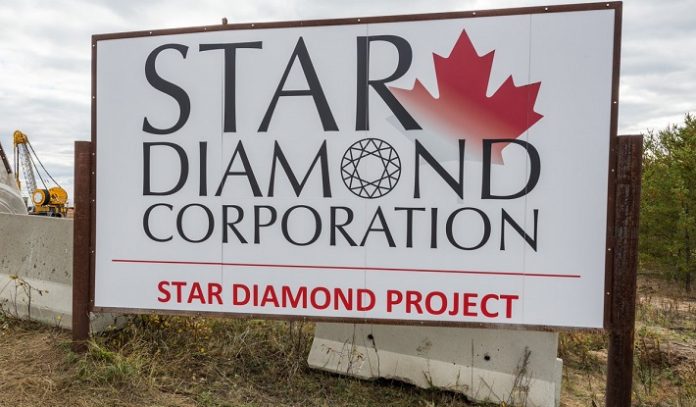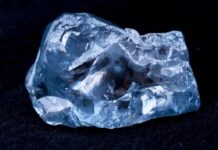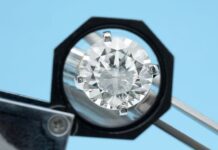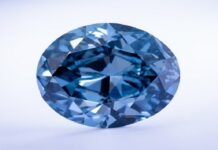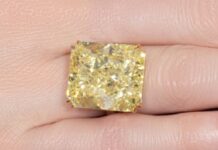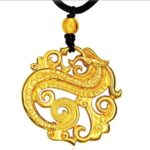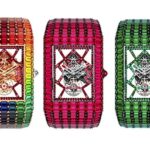Star Diamond Corporation recently conducted a major study to find out how abundant was the occurrence of Type IIa diamonds in the diamond parcels recovered from the Star and Orion South Kimberlites located within the Corporation’s Star-Orion South Diamond Project, in the Fort à la Corne diamond district of central Saskatchewan, Canada.
“This study confirms that unusually high proportions of Type IIa diamonds are present in both the Star (26.5 percent) and the Orion South (12.5 percent) kimberlites,” Star Diamond stated.
The Corporation added that the latest study “confirms and augments” an earlier study –results of which were announced earlier — of Type IIa diamonds conducted at the Star Kimberlite.
“Type IIa diamonds are very rare and account for approximately less than 2 percent of all natural rough diamonds mined from kimberlites,” the Corporation said.
Notably, only a small number of active diamond mines regularly produce Type IIa diamonds. The most significant of these is Letseng Mine in the Kingdom of Lesotho. “While Letseng is a low grade (1.5-3 cpht) kimberlite, it is probably the most prolific source of large high-value Type IIa diamonds, which contribute to making Letseng a highly economic deposit,” Star Diamond stated. “The 2010 study on plus 2.7 carat diamonds from Star demonstrates that the Star Kimberlite has a similar proportion of Type IIa diamonds to Letseng.”
The Corporation further noted that a significant number of diamonds, from each of the major kimberlite lithologies within both Star and Orion South, have been analysed and typed. “The diamonds analysed represent a spectrum of diamond sizes from +11 DTC (+0.32 carats) through all of the large stones, up to diamonds of nearly 2 50 carats,” the Corporation said. “The largest Type IIa diamonds identified 50 carats. The largest Type IIa diamonds identified include a 49.09 carat stone from Star and a 32.35 carat stone from Orion South. The most valuable of the Type IIa diamonds from Star is the 11.96 carat diamond valued at US$11,333 per carat and the most valuable of the Type IIa diamonds from Orion South is the 15.88 carat diamond valued at US$2,800 per carat.”
The importance of Type IIa diamonds lies in that they contain no nitrogen or boron impurities and are frequently either top white colours (D, E, F or G) or any shade of brown. Many pink and brownish-pink diamonds are also Type IIa. And, what is more, many high-value, top colour, large specials (greater than 10.8 carats) are Type IIa diamonds.
All 10 of the largest known rough diamonds recovered worldwide — from the 726 carat Jonker to the 3,106 carat Cullinan — are all Type IIa diamonds.
“The Karowe Mine of Lucara Diamond Corp. has also produced some record Type IIa diamonds in the past few years, notably the 1,109 carat Lesedi La Rona, which is the second largest gem diamond ever recovered, and the 813 carat Constellation, which was sold for the record price of US$63.1 million,” Star Diamond said.
Senior Vice President Exploration & Development, George Read, commented: “The presence of a significant proportion of Type IIa diamonds in the Star and Orion South Kimberlites greatly increases the potential for the recovery of large (plus 100 carat), high-value diamonds. Analysis of the Star and Orion South diamond evaluation parcels indicated a significant proportion of Type IIa diamonds, some of which are top white in colour. The presence of two high-value diamond groups (octahedra and Type IIa) greatly strengthens the future potential production diamond pricing from the Star and Orion South Kimberlites.”
Disclaimer: This information has been collected through secondary research and TJM Media Pvt Ltd. is not responsible for any errors in the same.












